Operating within the world of Western Pleasure, precision, control, and the art of subtle communication between horse and rider reign supreme – especially when it comes to horses showing in the junior and futurity events. Many decisions must be made when determining what it will take to show a young horse to the best of their ability, including the great debate between a bridle, a snaffle or a hackamore.
While many exhibitors opt for a hackamore for their young horse, it’s not as simple as choosing the prettiest bosal and going into the show pen. Much like with choosing the right bit for your horse, there are numerous intricacies that must be considered when selecting perfect hackamore set up for your horse. One of these is the bosal.
Bosals and hackamores have a long and storied history, tracing their origins to the vaqueros of the American West and the traditional hackamores of Spain. These tools have been refined and adapted over generations, blending the wisdom of the past with the needs of the present.
In the early days of western riding, hackamores were essential for their functionality and the communication they enabled between rider and horse. Today, they are commonly used in nearly every western event, including the Reining, Ranch Riding, and of course – Western Pleasure.
The Tack Maker’s Perspective
The hackamores commonly seen on young horses in the Western Pleasure pen consist of three main pieces – the hanger, mecate reins, and bosal. Bosals are nose pieces, typically made of rawhide, that function by applying pressure to the horse’s face.
Tackmaker and Ranch Horse competitor Johnny Flores, of Acton, California, began creating bosals in 2020. His love for building these intricate pieces of equipment began in his early teens, while attending a horse expo in his home state.
“There are all these different vendors and they all have their pretty bits, but I was most drawn to the detailed braiding done on the bosals,” Flores explained.
This encounter led him to purchase a book, “How To Make Cowboy Horse Gear” by Bruce Grant. As a naturally ambitious individual, Flores set out to teach himself how to create quality bosals.
While stuck at home during the height of the pandemic, the teen began braiding together hay twine. This evolved into watching YouTube videos and talking to experts in the tack making industry and eventually setting a goal of creating his first bosal for his brother by Christmas of that year. In the years since, Flores has perfected his craft, even having one of his bosals purchased by Road to the Horse Competitor Craig Cameron.
Flores emphasizes that the essence of a hackamore lies in its unique method of communicating with the horse.
“You cannot force a single thing like with a snaffle,” he explained. “For instance, with stops, you hold and make a wall with a snaffle, but with a hackamore, you just bump. So, you’re not ever really holding them in that stop; you kind of have to teach them and make it their idea.”
The bosal consists of three parts – the heel knot, side buttons, and nose button. The heel knot is located on the bottom, under the horse’s chin, and is where the mecates attach. The side buttons hold the hanger in place. Finally, the nose button is the large knob on the horse’s nose. Nose buttons can vary in length, typically from five to eight inches. The length of this nose button will help to determine where the horse breaks in their neck, with shorter nose buttons allowing the horse the break at the poll, and longer allowing the horse to break further back in the neck.
So much of the functionality of a bosal comes down to how it is constructed. According to Flores, two key factors to consider when choosing the perfect bosal for your horse are the thickness and stiffness of the bosal. This starts with the material and construction of the bosal’s core.
The core of the bosal provides structure and shape, influencing how it communicates pressure to the horse. Different materials can be used for the core, such as rope, rawhide, or leather. In some cases, cable or plastic tubing can be used, but Flores does not recommend these options.
Flores’s approach is to utilize a lariat core wrapped in electrical tape as a moisture barrier. He then meticulously braids over this core.
According to Flores, the choice of core material plays a crucial role in the hackamore’s performance.
A lariat core, as he uses, provides a similar feel to a rope halter, offering the horse a sense of familiarity. It has the necessary give and responsiveness to facilitate clear communication without causing discomfort. Other commonly used core materials include rawhide and leather. In some cases, cores can be metal or made of tubing.
Cores can also be twisted or braided, altering the thickness and pliability of the final product.
A finished bosal will typically measure at ½ inch, ⅝ inch, or ¾ inch, with a thinner bosal being ideal for a horse that is naturally lighter and offers less resistance, and a thicker bosal being ideal for horses that may be heavier in the face or may need more consistent guidance from the rider.
The stiffness of the bosal must also be taken into consideration when choosing a bosal. A softer bosal, that will naturally fall on the heel knot and bend toward the weight of the mecate, is ideal for more sensitive horses. A harder bosal, that has very little to no give, is ideal for a horse that may offer more resistance or need more guidance.
The Trainer’s Perspective
As Florida professional trainer Cole Baker aptly puts it, “Every horse likes a slightly different fit.”
The fit of a bosal or hackamore is critical to how a horse responds and performs. Baker stresses that finding the right fit can affect how a horse carries the hackamore and, ultimately, its performance in the show ring.
Baker recommends riding in a variety of bosals at home, to find the right one for your horse.
“I want to make sure my horses are as soft in the hackamore as they are in the bridle,” he said. “I’ll ride the exact same way until the horse feels the exact same.”
Adam Mathis operates Mathis Show Horses in Camden, South Carolina, alongside his wife, Pasley. He agrees with Baker when it comes to the process of finding the right bosal option for your horse, adding that he relies on his network of fellow trainers along the way.
“In the Western Pleasure industry, finding the right bosal for your horse is a lot like finding a boat to take out on the lake,” he said. “You don’t need to own it yourself, you just need to have a friend that does.”
Mathis’s approach prioritizes creating a show horse that enjoys its job and a smooth transition from hackamore to bit. He believes in the unique feel hackamores provide and sees no disadvantage in using them.
“Everything in our program is acquainted with a hackamore,” Mathis said. Horses in the Mathis barn will be ridden in a hackamore for the first 30-60 days, before transitioning into a snaffle, then going one handed in a bridle.
In the month or two before the horse enters the show pen, Mathis will then begin determining if this horse should show one handed, or if a hackamore is a better choice.
“For many of my futurity horses, the hackamore is both the beginning and the end when it comes to getting them ready for their first trip into the show pen.” he said. “They’ll ride in a variety of bits in between, depending on what the horse prefers, but we always like to start and end with a hackamore”
The Non-Pros Perspective
Non-pro rider Hillary Timchak, of Pilot Point, Texas, provides valuable insights into the rider’s perspective. She highlights that choosing the right hackamore setup for a futurity horse is essential.
“Bosals come in varied shapes, stiffness, and heaviness,” she said. “You have to know your horse’s strengths and weaknesses in that particular stage of the training process to choose the right equipment to show and work in.”
Timchak emphasizes the importance of feel and control when showing in a hackamore, noting that it allows for soft corrections and precise guidance.
“It’s easier to help a young horse frame up and set their bodies up for each gait while showing in a hackamore,” she adds.
Additionally, Hillary points out the significance of wetting the mecates before showing, a step that stiffens them and makes them easier to use, preventing any swaying or flopping. This attention to detail not only enhances the horse’s performance but also contributes to a polished presentation in the show ring.
“As I am a Non-Pro, my trainer usually selects the correct equipment based what he or she thinks is best for the horse we are working with, especially the hackamore used to prepare the horse before showing. I come in to decide what feels best for me to show the horse in on that particular day,” she explained. “I usually like a softer show hackamore with some good weight in the knot, and super stiff mecates. It all depends on the horse but that setup gives me a lot of feel in the pen.”
When it comes to futurity horses, choosing the right equipment, be it a bridle, snaffle, or hackamore, is a nuanced art. Bosals, deeply rooted in history yet adaptable to the modern Western Pleasure horse, play a crucial role. Whether it is being used in the show pen by a trainer or non pro, or at home to school, and understanding of the subtle differences in the construction, fit, and usage of a bosal is paramount when determining what equipment will allow your horse to succeed.


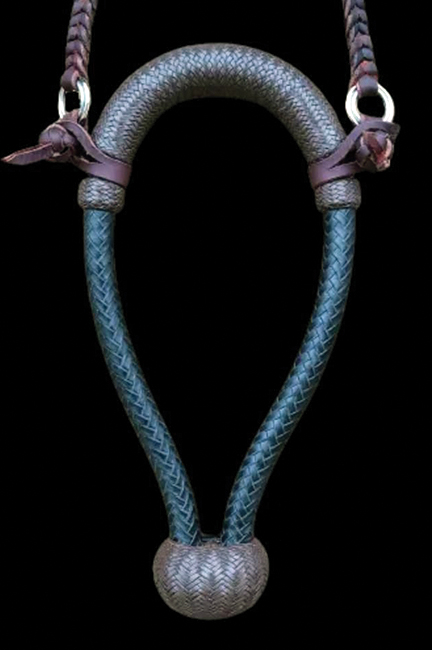
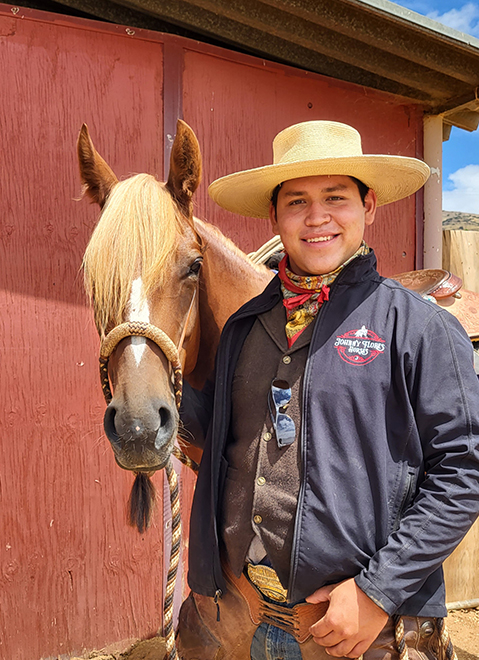
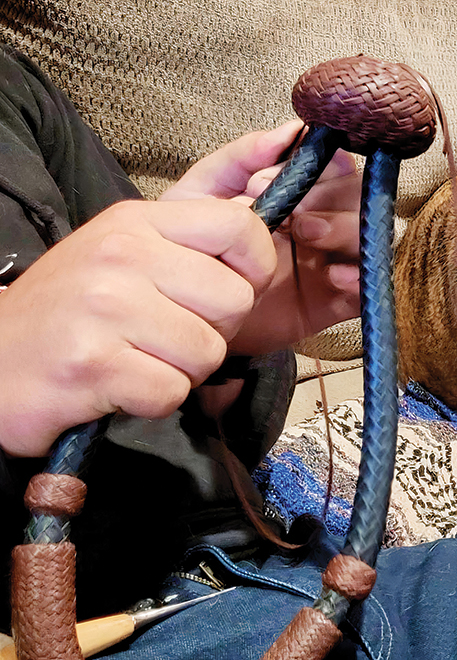
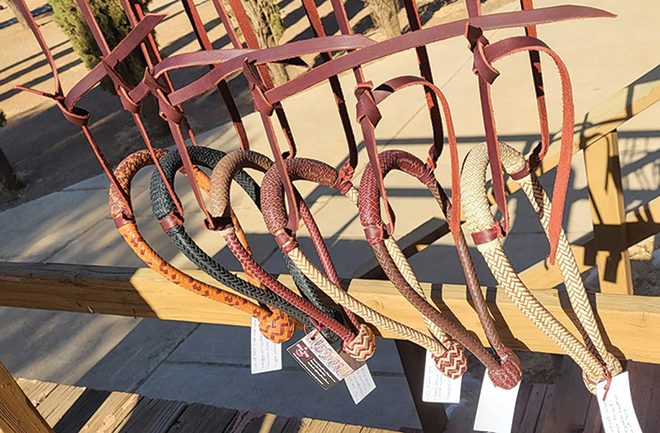
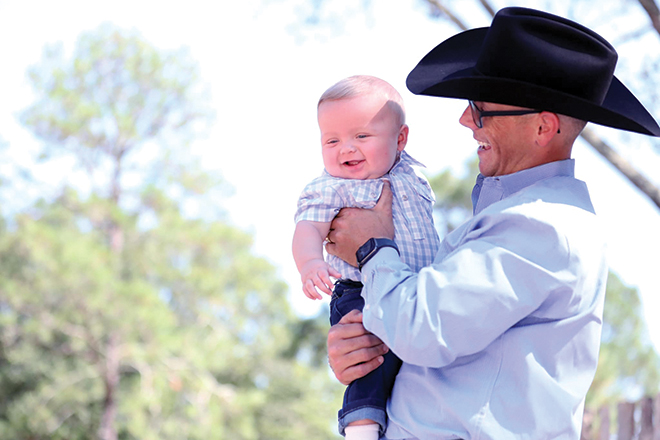

You must be logged in to post a comment Login